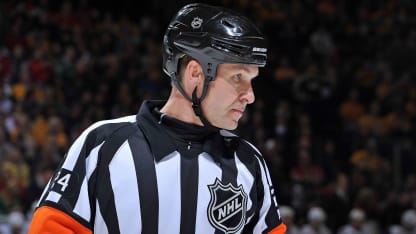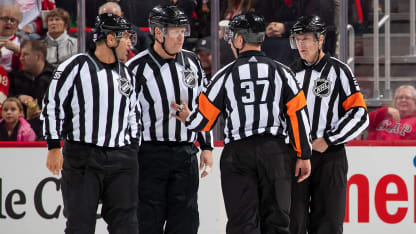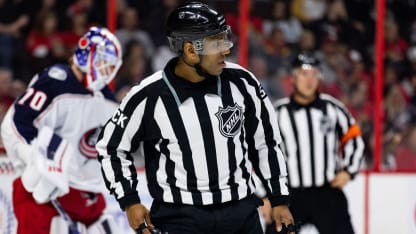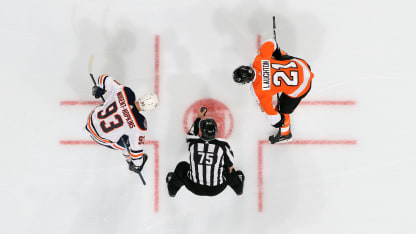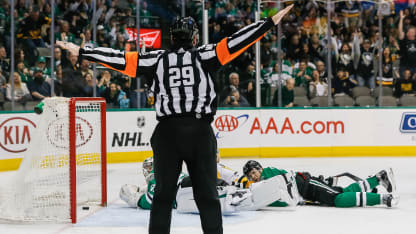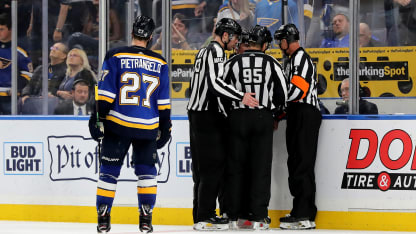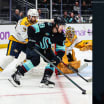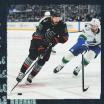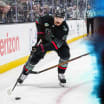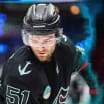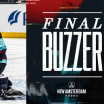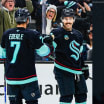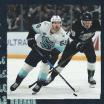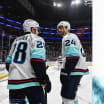That's a lot of work for the pair officials in stripes without the orange armbands. So what's left for the referee to do?
Well, one big job is calling penalties, especially what officials like to refer to as primary group of hooking, holding, tripping and interference. It's such a big job, there are two refs to cover the ice and both teams.
Calling penalties involves more than meets the eye or practically can even be seen by the human eye, says Walkom, who served two separate tours as a referee, officiating more than 600 regular season games, 84 Stanley Cup Playoffs games, the 2002 Winter Olympic Games, 2004 World Cup of Hockey and two Stanley Cup Finals.
"The speed and pace of today's game is unprecedented," says Walkom. "The precision demanded for penalty calls is at its lowest ever tolerance [among players, coaches, management, media and fans].
"Fifteen years ago, a hook would be noticed by my grandmother who never played hockey. Television made it easier to see the penalty [called or not] on simply replay. Today's is now so quick, that stick on the hand might be just a split second. It might be obvious on the TV angle but the producer has some time to produce that video angle. Our guys have to call it in real time."
Walkom is quick to add that referees and linesmen "are always grateful" for technical assistance that might come in the form of feedback from NHL officiating evaluators or the real-time reversal of offside.
"It's untrue that our officials resist it," says Walkom.
Walkom provides a concise case study: NHL goals were once determined by a human judge in a goal box behind the net who watched to make sure a puck completely crossed the goal line before switching on the red goal light.
